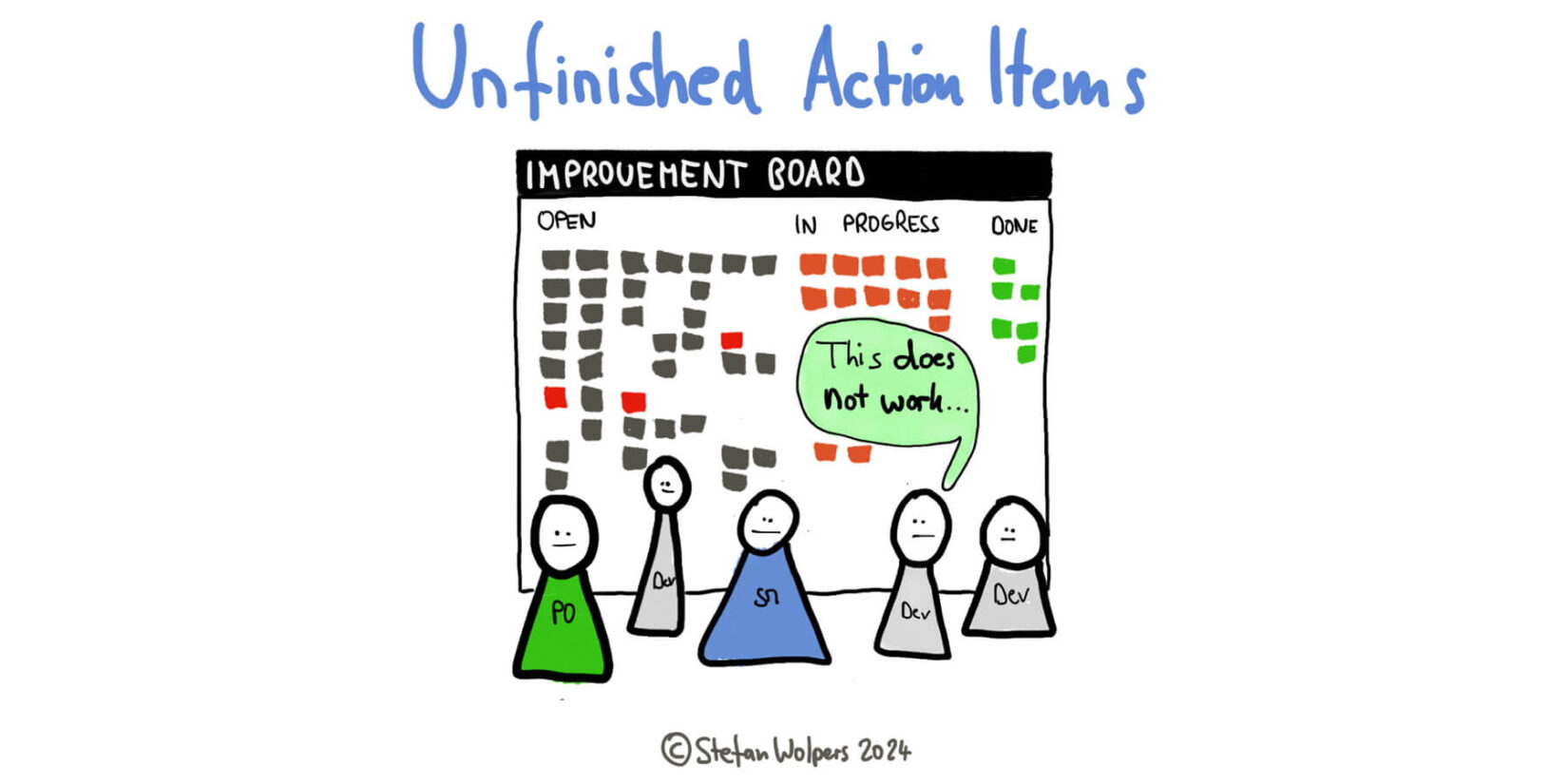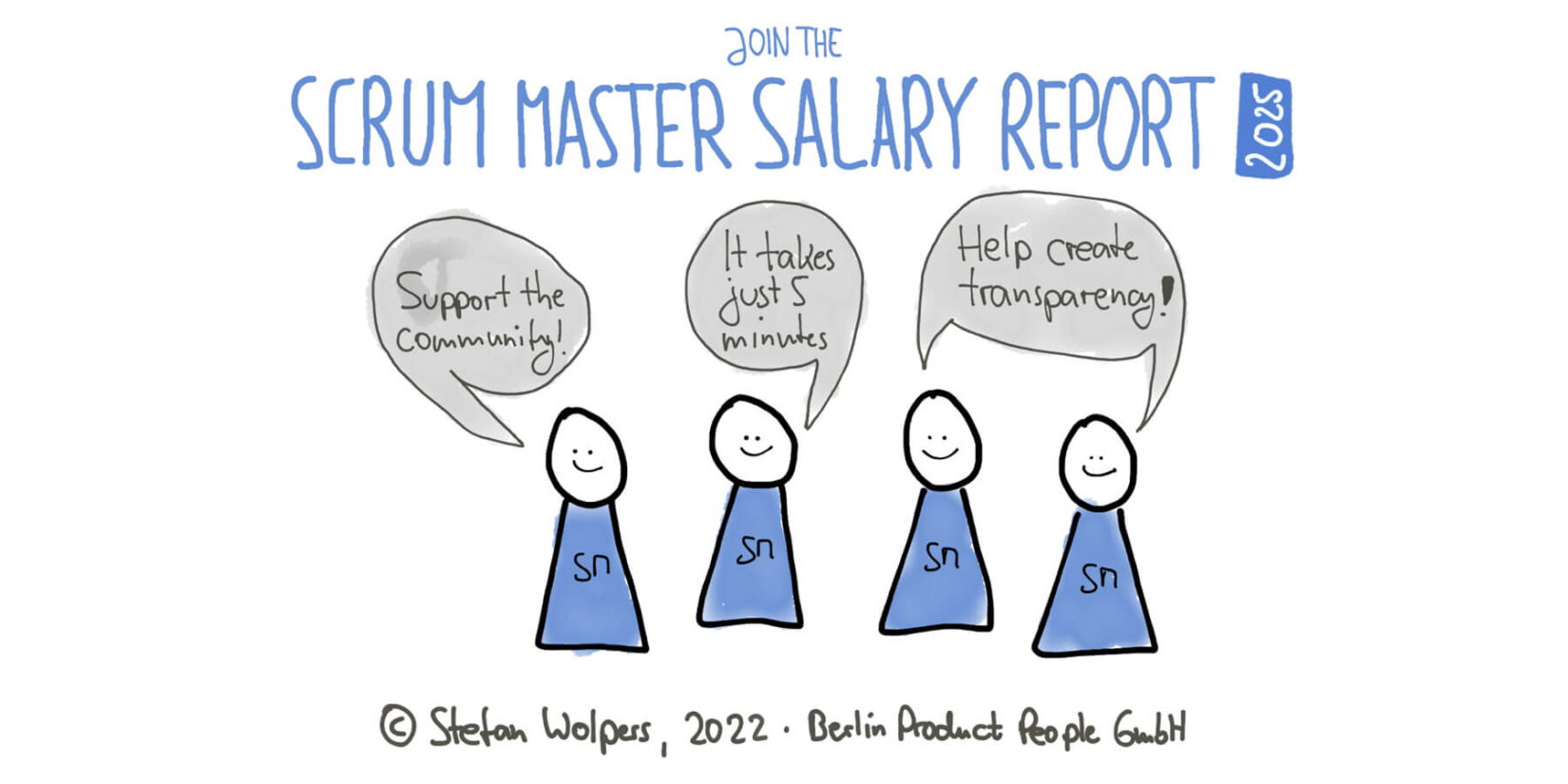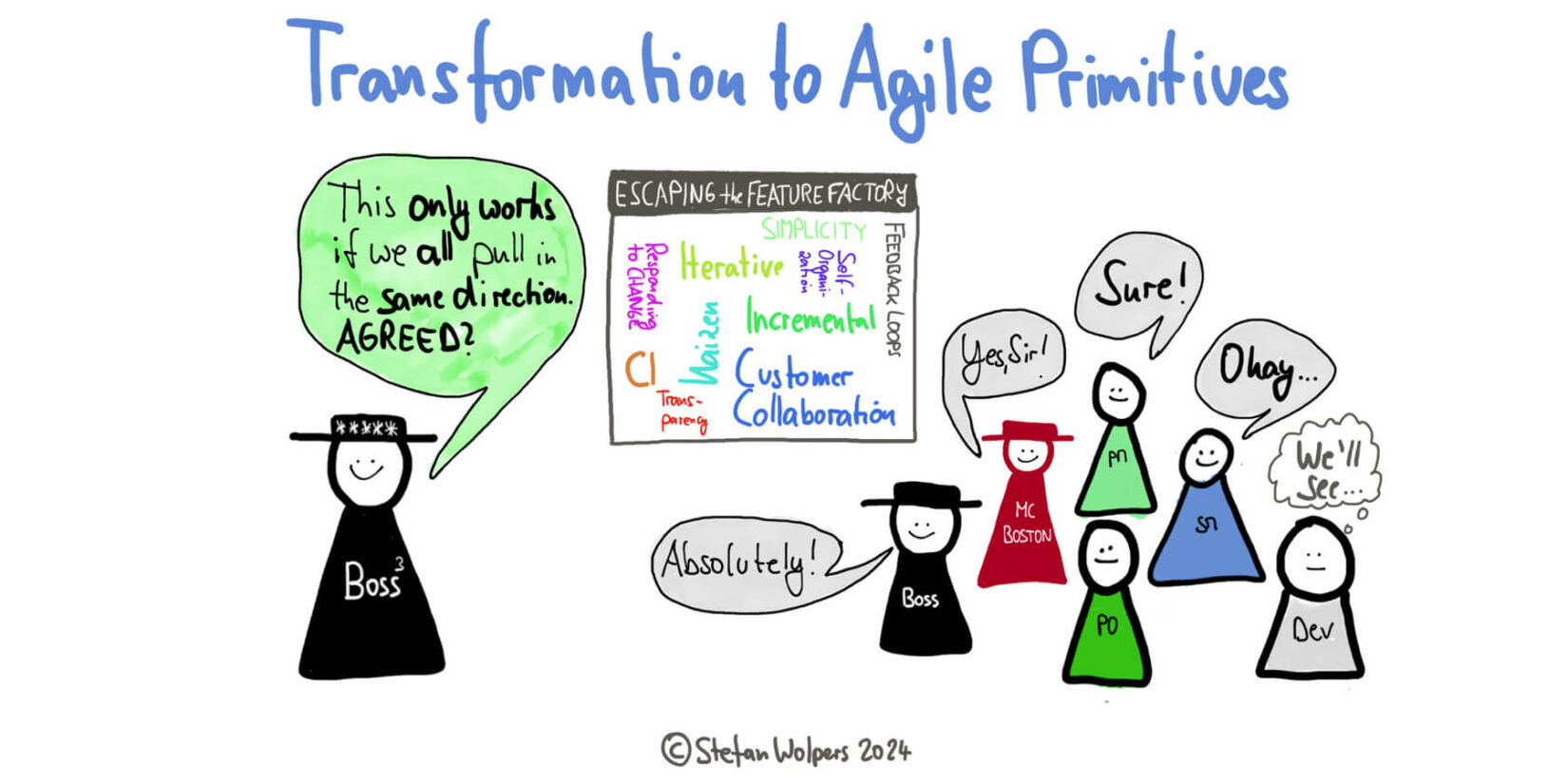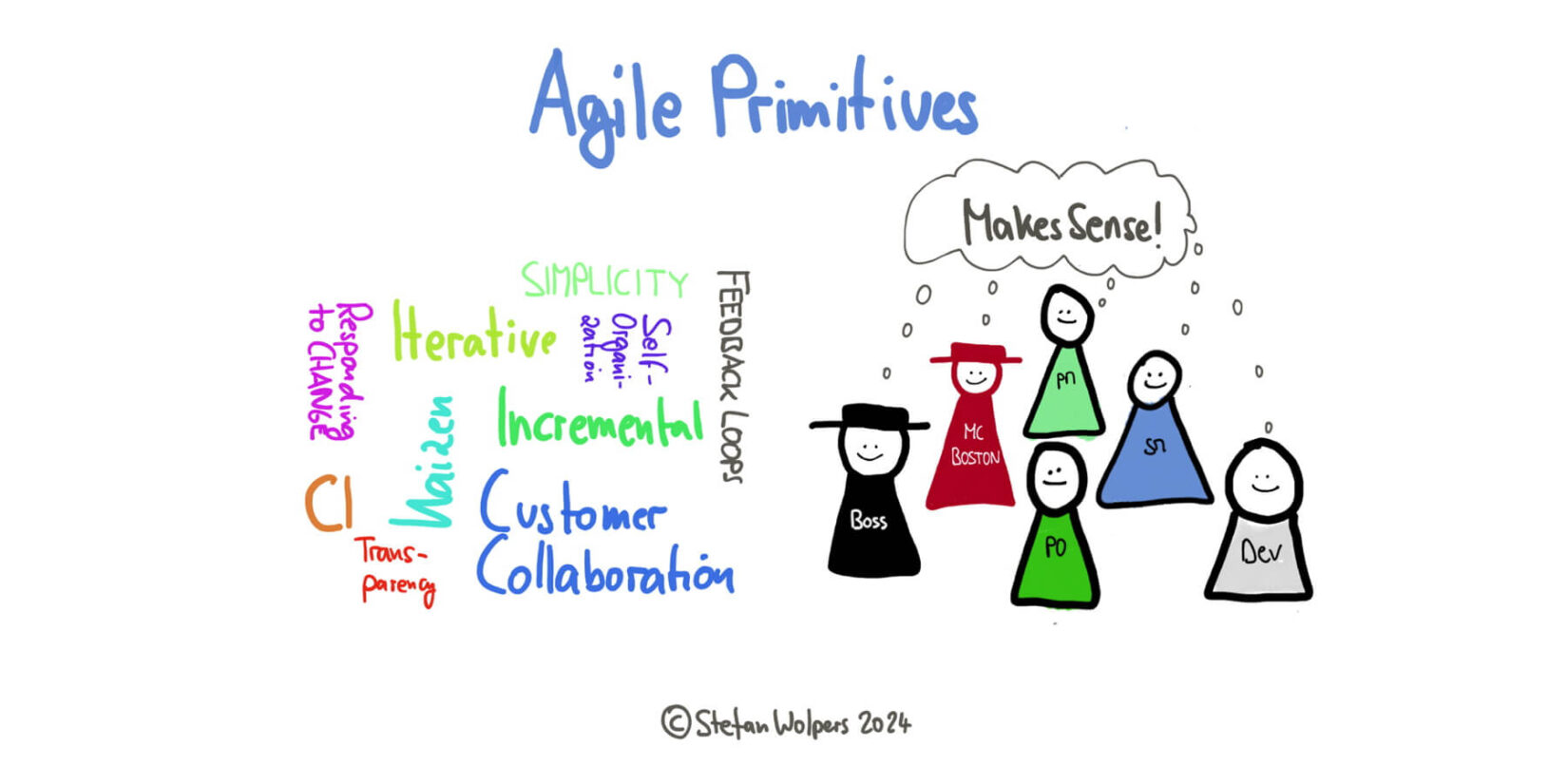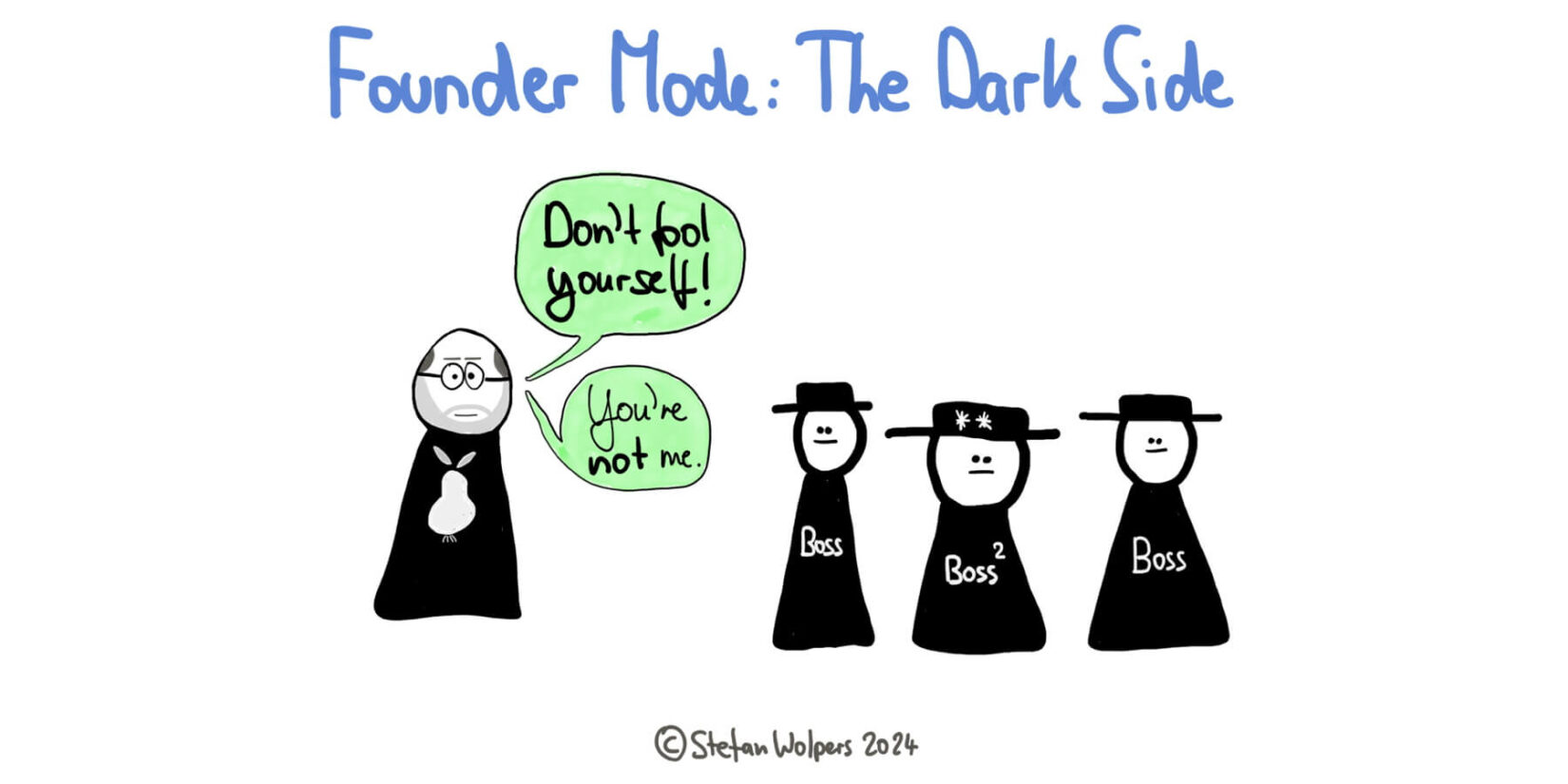TL; DR: Unfinished Action Items: How to Make Retrospectives Useful
If your team consistently creates action items during Retrospectives but rarely completes them, you’re not alone. Unfinished action items are a major productivity killer and lead to stalled progress. This article highlights five actionable practices to ensure Retrospective tasks get done, including limiting action items in progress, assigning clear ownership, and adding a review of the progress in every Retrospective.
The key to real improvement isn’t in creating long lists—it’s in following through. By treating Retrospective action items with the same importance as other Sprint tasks, your team can finally break the cycle of unfinished improvements and see real, beneficial change, individually and at the team level.
